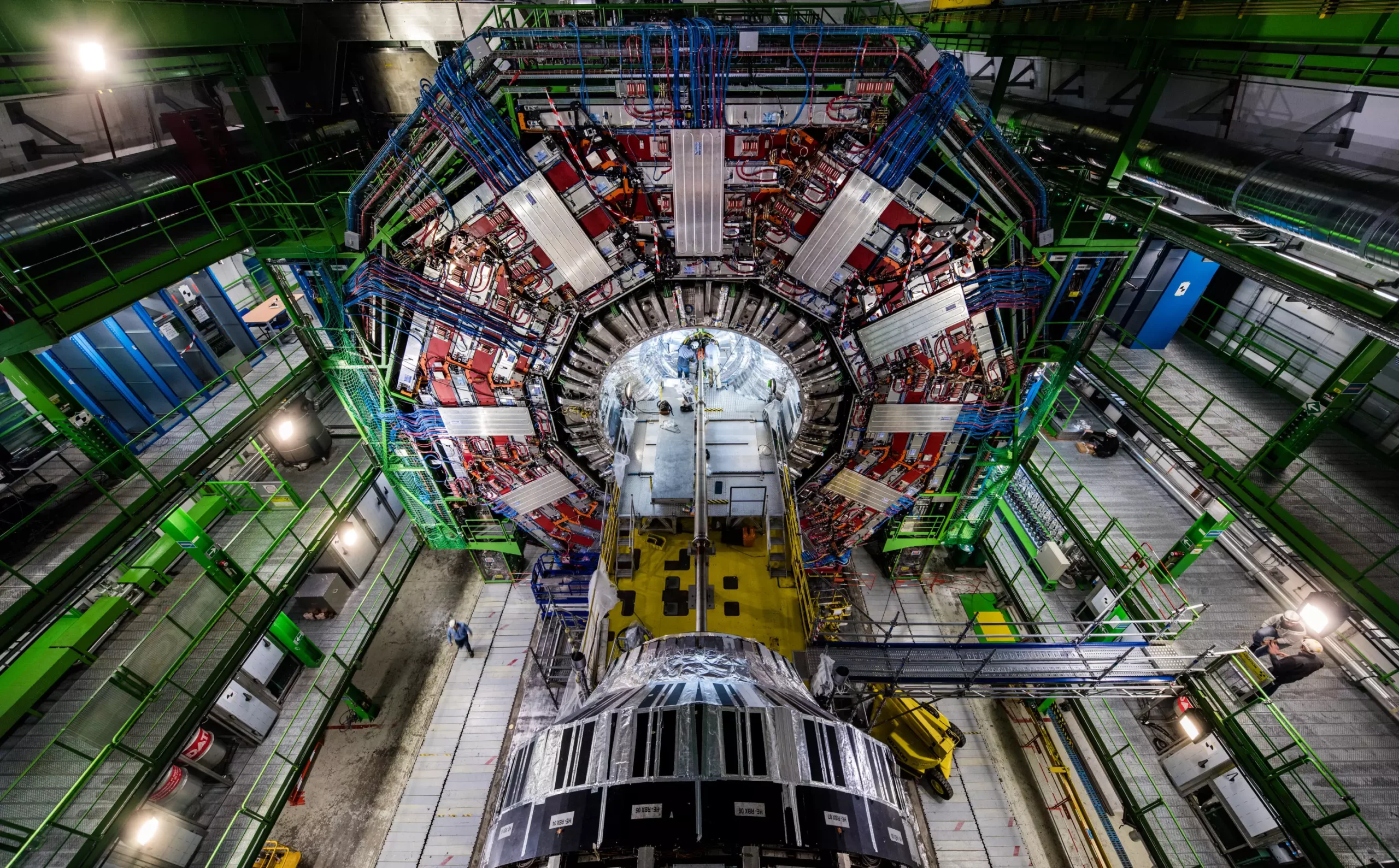The W boson, a lightweight fundamental particle integral to the structure of the universe, plays a pivotal role in the Standard Model of particle physics. Since its discovery in 1983, physicists have aimed to comprehend its properties and interactions, especially its mass. The recent groundbreaking announcement from the Compact Muon Solenoid (CMS) collaboration at CERN represents a significant advancement in our understanding of this elusive particle. With a new measurement derived from refined techniques and massive data sets, researchers have shed light on the W boson’s mass, closing a chapter on years of persistent inquiries.
In a landmark measurement reported in 2022, the CMS collaboration utilized an unprecedented approach to determine the mass of the W boson. This latest investigation is deemed the most comprehensive to date, incorporating a staggering 300 million real events alongside 4 billion simulated events. The findings indicated that the W boson’s mass is approximately 80,360.2 ± 9.9 megaelectron volts (MeV), closely aligning with established predictions within the Standard Model, which estimate the mass at 80,357 ± 6 MeV.
Patty McBride, a leading figure at the U.S. Department of Energy’s Fermi National Research Laboratory and former spokesperson for CMS, highlighted the uniqueness of this new measurement due to its precision and the innovative methodology used to quantify uncertainties. The collaborative effort combined insights from various previous experiments, further enhancing the validity of the recent results.
The high level of precision obtained in this analysis—0.01%—is akin to evaluating the length of a four-inch pencil to an accuracy of 0.0008 inches. Such precision is not only rare but essential in particle physics, particularly when dealing with fundamental particles like the W boson, which lacks physical volume and possesses mass nearly insignificant on a macroscopic scale. Anadi Canepa, deputy spokesperson for the CMS experiment, emphasized the intricacies of measuring such transient particles and the need for cross-validation across different experimental frameworks.
CMS’s unique design, complemented by specialized muon sensors and an immensely powerful solenoid magnet, enhances its capabilities for precise mass measurements. These engineering decisions allow the experiment to adeptly manipulate charged particles’ trajectories, facilitating more accurate analysis.
Measuring the mass of the W boson is fraught with difficulties, primarily due to neutrinos, which are one of its decay products. Neutrinos are notoriously difficult to detect, complicating the reconciliation of mass and momentum calculations. Josh Bendavid, a scientist at MIT, pointed out that working with “half the picture” demands creative analytical approaches and rigorous simulated scenarios to piece together complete narratives regarding particle behaviors.
Prior to actual experiments, the researchers modeled billions of collisions to refine their measurements. This simulation phase accounted for minute structural adjustments in the detector, underscoring the extent to which precision plays a role, as even trivial variations can have significant ramifications.
The CMS team faced additional layers of complexity due to the necessity for theoretical inputs, which involve predictions related to proton collisions and the subsequent behaviors of the W boson. In past studies, the Z boson served as a proxy for calibration. However, as noted by Elisabetta Manca, a researcher at UCLA, the assumptions necessitated by this method bring inherent uncertainties due to differences between the Z and W bosons. The CMS collaboration confronted these challenges anew, employing real data from W boson decay to minimize reliance on theoretical approximations.
The newly devised data-driven analysis technique afforded scientists the opportunity to retract from the prior dependency on Z boson references, thereby fortifying their results against potential bias.
The ramifications of this unprecedented measurement extend far beyond a simple affirmation of the Standard Model. As researchers have recalibrated significant CMS components—resulting in substantially heightened precision—the framework for upcoming investigations into fundamental interactions is profoundly enhanced. Manca noted that this elevated precision sets the stage for future explorations into systems involving the W, Z, and Higgs bosons, ultimately promoting a deeper grasp of the fundamental forces governing our universe.
The culmination of nearly a decade’s effort in the CMS experiment showcases the unwavering commitment of physicists to empower our understanding of the cosmos. This experience not only highlights the exceptional accomplishments in experimental particle physics but also underscores the collective intellectual endeavor involved in deciphering the universe’s foundational elements—a journey that continues to unfold with each compelling discovery.

